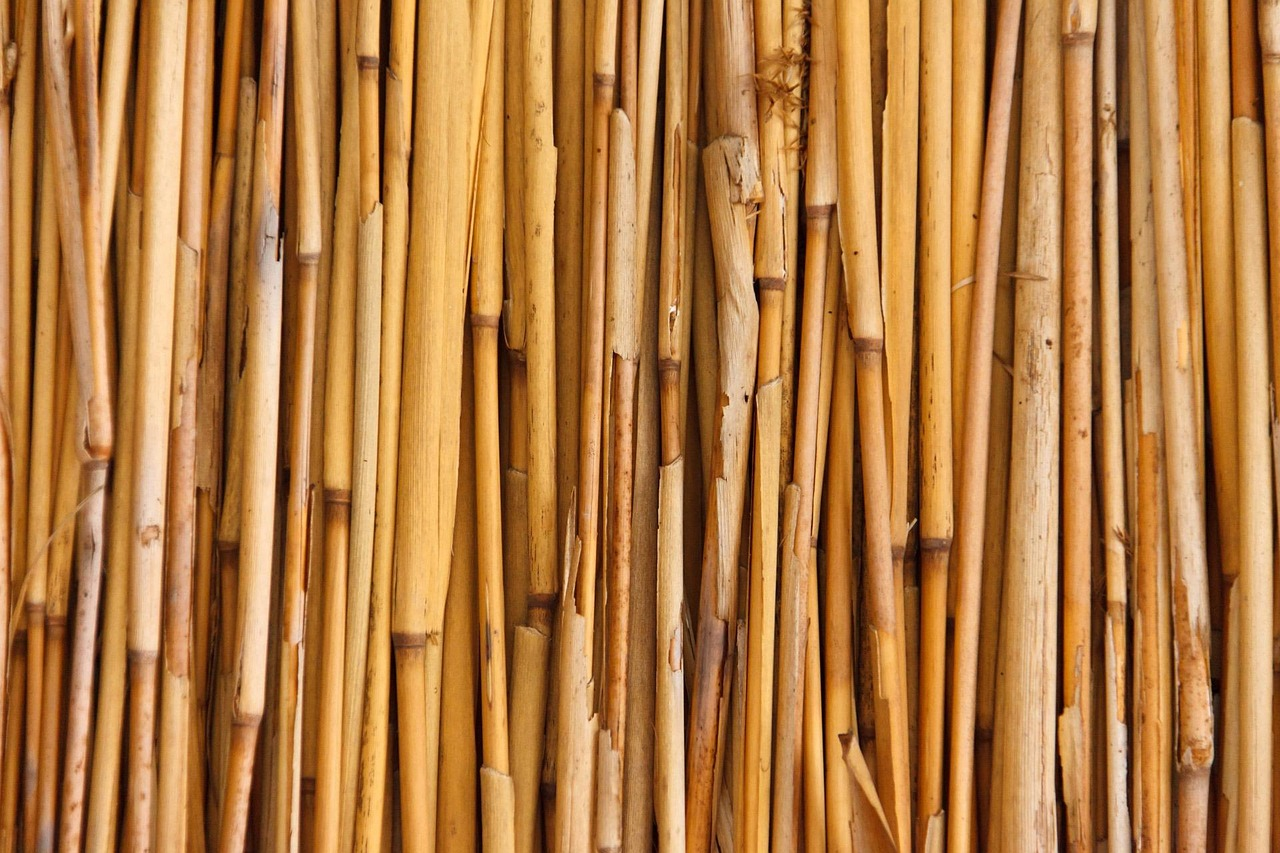Building eco-friendly homes is becoming increasingly important as more people realize the impact of construction on the environment.
Choosing sustainable materials significantly reduces the carbon footprint and promotes healthier living conditions. Here's a look at seven materials that contribute to greener homes.
Recycled steel
Recycled steel is one of the strongest materials used in construction today. It offers high strength and durability, making it ideal for framing and structural elements.
A standout feature of recycled steel is its ability to be reused an unlimited number of times without losing quality. This reduces waste and energy consumption when producing new steel.
Producing new steel is an energy-intensive process that often relies on fossil fuels. At the same time, purchasing recycled steel requires significantly less energy and therefore reduces CO2 emissions.
According to the Steel Recycling Institute, recycling just one ton of steel saves about 2,500 pounds of iron ore, 1,400 pounds of coal and 120 pounds of limestone. Many modern buildings use this material, demonstrating its strength and aesthetic potential.
Wood
Wood remains a fundamental building material that can be environmentally friendly when sourced responsibly. procurement sustainable wood from responsibly managed forests guarantees that the trees are harvested in a way that maintains ecological balance and biodiversity. Wood sources are certified by organizations such as the Forest Stewardship Council.
These certifications guarantee that the wood is harvested in an environmentally friendly and socially responsible manner. Using sustainably sourced wood helps preserve forests and promotes reforestation efforts.
The use of wood in construction provides structural benefits and improves indoor air quality when treated varieties are avoided, making it an attractive option for green buildings.
bamboo
Bamboo is leading the way as a highly sustainable building material. This grass grows quickly, reaching maturity in three to five years, compared to the decades it takes for traditional hardwoods.
Its natural flexibility helps structures withstand earthquakes and strong winds, making it a practical and environmentally friendly choice.
Bamboo absorbs large amounts of carbon dioxide during its growth cycle, helping to reduce greenhouse gases.
Bamboo's versatility extends to various construction applications, from flooring and furniture to structural elements. designers and Homeowner equally appreciate the unique appearance and sustainability.
Bamboo's light weight makes it easy to transport and install, reducing labor and energy costs. When treated properly, it becomes resistant to pests and water, increasing its longevity.
Its renewable nature and minimal impact on the environment make it a top candidate for green construction projects. Modern innovations have made engineered bamboo products even more durable and aesthetically versatile.
Reclaimed wood
Reclaimed wood breathes new life into old wood, making it a popular choice for environmentally conscious builders.
This wood often comes from demolished buildings, fallen trees, or leftover materials from previous projects. The use of waste wood helps preserve forests and reduces the need for deforestation.
This material has a lower environmental impact and adds character to homes. With a range of colors and textures, reclaimed wood tells a story and often becomes the focal point of the design.
Sourcing reclaimed wood promotes a circular economy and encourages the reuse of materials instead of sending them to landfills.
Hempcrete
Hempcrete is another innovative building material that promises sustainability. It consists of hemp fibers, lime and water and serves as an insulating material.
Hemp grows quickly and requires minimal resources of water and pesticides. Using hempcrete as insulation promotes excellent energy efficiency and reduces heating costs.
Hempcrete is carbon negative, meaning it actually absorbs CO2 from the atmosphere as it cures. This feature significantly reduces the carbon footprint associated with construction. As more builders look for alternative materials, hempcrete is becoming a viable, environmentally friendly solution.
Straw bales

Straw bales are increasingly being recognized as a legitimate material for home construction. They basically are agricultural by-products, making them an excellent way to reduce waste. Straw bales provide exceptional insulation that contributes to a home's energy efficiency.
Straw is renewable and biodegradable. It is important to properly construct the straw bales and ensure they are protected from water to avoid deterioration.
Straw bales are successfully used in many eco-friendly homes around the world, providing both aesthetic appeal and environmental benefits.
Rammed earth
Natural materials such as earth and gravel are used in rammed earth construction. This ancient method has experienced a modern revival thanks to its sustainability and aesthetic quality.
Earth walls provide significant insulation and thermal mass, keeping homes cool in summer and warm in winter.
Use locally Floor reduces transport costs and emissions, making it an environmentally friendly option. Rammed earth houses blend seamlessly into their surroundings thanks to the earth tones they present. This material is characterized by remarkable durability and requires minimal maintenance over the years.
Using eco-friendly materials improves the aesthetics of a home and contributes to a healthier planet. Each of these materials offers unique benefits and their use represents a significant step towards sustainable living.
